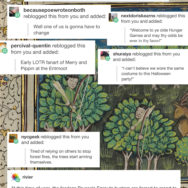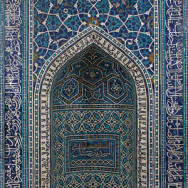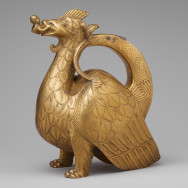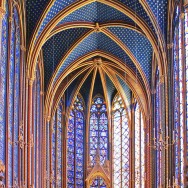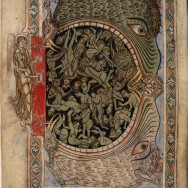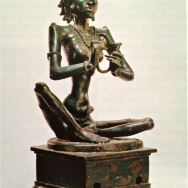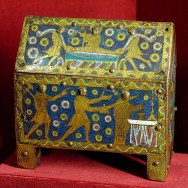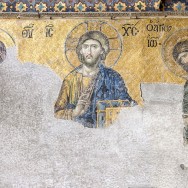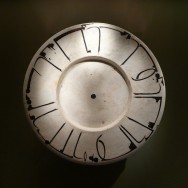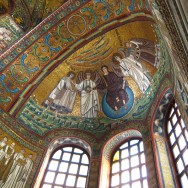So many people have written about the expansion of the Museum of Modern Art in New York City that the world may not need one more review, but I promise to keep it short. It’s great. I love it! They … Continue reading
 © 2019 Sally Whitman Coleman, PhD. All rights reserved.
© 2019 Sally Whitman Coleman, PhD. All rights reserved.

